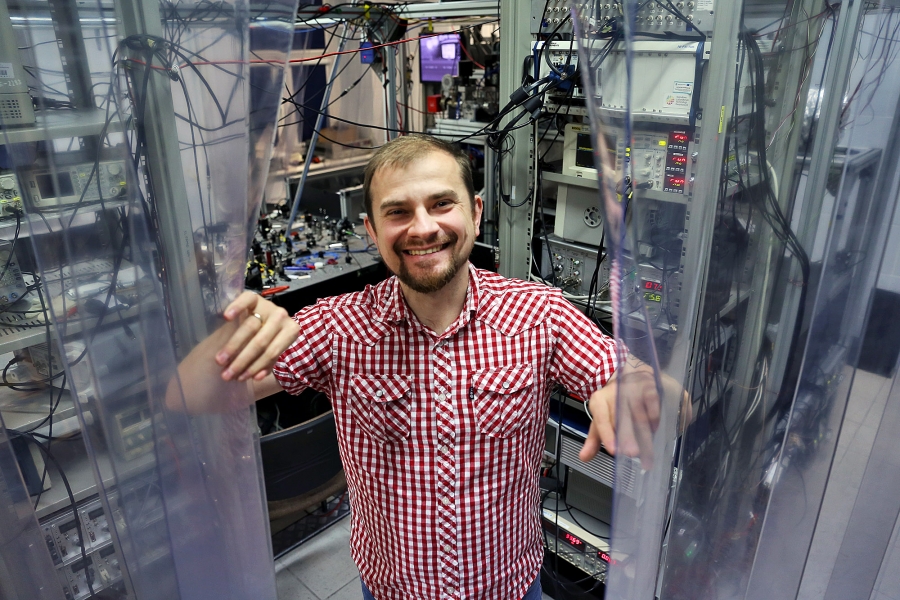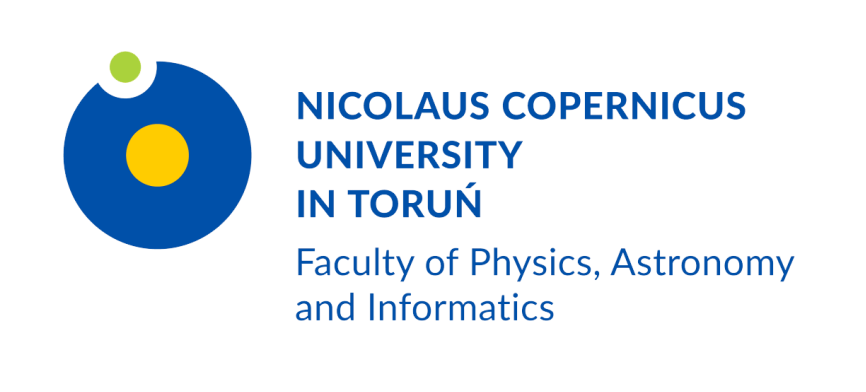
Dr hab. Piotr Żuchowski, NCU Prof. from the Institute of Physics at the Nicolaus Copernicus University is a member of an international team of scientists who conducted groundbreaking research allowing to build molecules consisting of rubidium and strontium atoms at the temperature of a one-millionth degree Celsius above absolute zero. The results of these studies were published on June 11, 2018 in the prestigious journal Nature Physics.
The team of scientists - co-authors of the publication Observation of Feshbach resonances between alkali and closed-shell atoms includes researchers from the University of Amsterdam (the Netherlands) and the University of Durham (Great BritainI and Prof. Piotr Żuchowski representing the NCU Department of Quantum Mechanics.
The ability to deliver ultracold molecules with different properties upon request has been a great dream for physicists. A gas composed of such ultracold molecules can have many novel applications in fundamental research, such as testing the limits of fundamental physics or studying chemical reactions in exotic, strictly controlled conditions. Ultracold molecules can also be used to study the quantum mechanics of many bodies, which is of crucial importance to the design of new materials.
Due to the fact that cooling of molecules is very difficult, physicists first cool the atoms - which is much simpler - and only then try to bind them to the molecule. Finding conditions that allow atoms to attract and connect to molecules, like blocks, seems the most difficult challenge. The Feshbach resonance phenomenon is very helpful here. It makes it possible to transfer chemically unrelated atoms to the state of the bound molecule.
A group of scientists from the University of Amsterdam, the Nicolaus Copernicus University in Toruń and the University of Durham in Great Britain made a huge leap towards the creation of a new type of ultracold molecules, discovered Feshbach resonance in a system consisting of rubidium (an alkaline atom) and a strontium atom, which has all paired electrons (it is an atom from the second group of the periodic table). Until now, researchers have been able to produce only molecules consisting of two atoms of alkali metals that have one unpaired electron to form strongly bound molecules.
There are several reasons why physicists are interested in ultracold molecules of a new type. First of all, the fact that they are ultracold, or immobile, allows them to study them in a better and more accurate way. Similarly with molecules, by studying them with photons (light) we can examine them much longer when they are immobile. This opens the way to a very precise examination of the properties of these molecules, which in turn may help in the discovery of a new physics that goes beyond the modern adopted standard model. Secondly, ultracold molecules can be prepared precisely in selected quantum states, which can be used in quantum controlled chemistry - you can conduct (and study) their chemical reactions in a strictly controlled way using the electric and magnetic field as the "control knobs" controlling the reaction. Thirdly, ultracold molecules can be used in several or multi-component gases to examine the activity of many quantum particle systems. At a temperature of one millionth Kelvin, the quantum nature of these molecules becomes very apparent. As a result, new quantum phenomena can be discovered, difficult or impossible to predict using even the best supercomputers.
The results of these studies greatly expand the available tools for constructing new ultracold molecules, like from LEGO bricks.

 Grudziądzka 5, 87-100 Toruń
Grudziądzka 5, 87-100 Toruń